As promised in my latest Drip, this week begins a new monthly series called…
“Cyndi - I have a question.”
… featuring a dharma question from Sarah Polley and my response. (And maybe Sarah will have a response to my response.) We are also interested in your thoughts so please chime in with comments for us!
“Cyndi - I have a question.”
My name is Sarah Polley. I’m a filmmaker, writing and living in Toronto, Canada. I’ve been studying with Cyndi Lee for about a year and a half. I was introduced to Cyndi through the incredible composer, Hildur Gudnadottir, after we worked together on the film Women Talking. Hildur is one of the people whose infectious joy and openness changes every room she walks into. For many years, she has been studying yoga and Buddhism with Cyndi and she encouraged me to join her in signing up for Lifting the Gaze, Cyndi’s online sangha.
For almost twenty years, I have studied Buddhism and had a daily meditation practice. But over the past year and a half—which was full of sharp turns—studying with Cyndi has given me both inspiration and an anchor. I have learned so much from Cyndi about how to bring the teachings into everyday life and how to take my meditation practice off the cushion and out into the world. I have also learned how to more skillfully walk around my problems, and “see them from every angle, like a statue,” as Cyndi puts it.
Cyndi asked me if I would be interested in being a guest contributor to her wonderful newsletter, Drip, Drip, Drip, the Bucket Fills. I thought for a long time about what I might contribute and finally landed on a list of questions for Cyndi which had been rattling around in my head.
I love the way Cyndi approaches the teachings, her life, and other humans. The opportunity to have her engage with my questions over the past year and a half has been one of the great privileges of my life. So, instead of simply writing my own thoughts, I asked Cyndi if she would answer some of my gnawing questions as the sangha works our way through Becoming Bodhisattvas, Pema Chodron’s commentary on the classic Buddhist text, The Bodhisattva’s Way of Life by Shantideva.
Sarah: I’m curious about how to be politically effective as an activist in the context of the Buddhist teachings. During the periods of time when I’ve been politically active, much important change I’ve seen happen has been the result of anger processed into action.
So many of the Buddhist teachings focus on working with anger and lessening it. I really respond to these teachings on a personal level and find them enormously helpful, but I often wonder if this way of approaching anger is at odds with building important movements that seek to fight injustice or change the status quo?
Cyndi: Great question. It feels so timely for right now so here goes.
On my break home from college in 1972, my dad took me to an anti-Vietnam War meeting in the basement of NYC’s Riverside Church to hear Jane Fonda and Daniel Berrigan speak. Jane presented an educational slide show illustrating what was happening to Vietnamese people when they got shot with the kind of bullets the U.S. Army had made especially to incur the most damage.
Maybe it is because she’s an actor and understood the power of speech, that Jane Fonda didn’t yell or cry or visibly act out any anger. Stating things clearly and letting the pictures speak for themselves was enough to outrage me.
Last week I saw a post on Jane’s IG showing her going door-to-door talking to her neighbors about why they should vote. She hugged the nice lady that answered the door and they had a very smiley, friendly exchange.
Jane is now 86 years old. She has been involved in activism for over fifty years. Like many dedicated activists, she knows she doesn’t have to look far to find a cause that needs attention. In Buddhism, this kind of person is called a Bodhisattva, a person who dedicates their life to helping all beings be free. Like the female multi-armed Bodhisattva named Tara, Jane Fonda has always needed extra hands and everything else she’s got to bring attention and change to the issues of civil rights, the women’s movement and feminism, Native American rights, climate change and getting out the vote.
As an 19 year old hippie, I was deeply inspired by Jane Fonda. Up until that point my only activist effort was boycotting the Safeway with Cesar Chavez on a very rainy Saturday in Seattle.
Cesar Chavez, who founded the United Farmworker’s Union also stayed the course for decades. Being stuck in the rain, going on strike, being arrested multiple times, denounced and even attacked takes unshakeable commitment to the cause. It also takes a long game approach.
As you said, emotions such as anger, outrage and righteous indignation are potent impetus for engaging in activism. And emotions are not bad things.
Anger is not a bad thing. Just like fire, it is a natural element. It has to be stoked at the right time, tamped down at other times. The fire of anger also has to be controlled and appreciated, otherwise you will burn out.
The resident Zen monks at Tassajara Mountain Monastery learned this firsthand in 2008. The local fire workers told them that the convergence point of four massive fires was heading directly toward the precious and historic site of their monastery grounds just north of Big Sur. The monks were advised to evacuate.
Instead, the monks methodically prepared by digging dirt ditches to create fire breaks in the highly flammable chaparral. They installed a sprinkler system on top of all the buildings which they called Dharma Rain. They obtained special firefighting clothing and learned to use fireman’s hoses. Every day they practiced running drills with Dharma Rain and hoses. They made a schedule so that when the fires arrived each monk would rotate between eating, resting and working with the fire.
The fires did come and the monks managed to save the monastery. Only a small outbuilding which was half falling down already was lost. None of the monks were injured or hurt.
I love this true story which I read about in Fire Monks by Colleen Morton Busch—which I highly recommend. When Busch interviewed the monks after the fire, she asked one of them how they found the courage to fight the fire.
This monk responded in a Zen koan way that makes so much sense. She explained that they didn’t fight the fire. She said, “Fire does what fire does. We didn’t fight the fire. We met the fire.”
This is where we can all start with the emotion of anger, by meeting it. No need to feel embarrassed by our hot emotions or be afraid that you will lose your passion. We can start by recognizing anger and understanding that anger is not an enemy; it’s not solid; it’s not forever. It is just an emotion.
In fact, the energy of any emotion waxes and wanes. It’s really the storyline that we get attached to. So once you recognize that you are experiencing anger, you can try to drop the storyline and just connect to the energy. This is much more effective than becoming the anger. We all have moments where we get stuck in the seductive feeling of anger. And we want other people to get mad with us so we can rise up and effect change.
But the main thing is to remember is your goal. Do you want to be consumed by righteous anger or do you want to make change? This is what allowed the Fire Monks to be successful. They didn’t let their fear of the fire or even anger at the fire make them lose sight of their goal of saving Tassajara. They must have been afraid, sad, nervous and maybe even frustrated. But they knew what their mission was and that clarity is what allowed them to remain stable and effective amid nature’s turmoil.
As Buddhist practitioners they surely knew that the antidote to anger is patience. This doesn’t mean that you try to stifle the energy that has arisen from feeling angry. The quality of patience is vast, oceanic. Merging the spaciousness of patience with the urgency of anger can become an effective way to develop the vision for change and the stamina to put it into action.
In your film, Women Talking, this is exactly what the women did. They sat with their fear and pain. They shared it with each other. They fought with each other. And through that process they became clear that what they wanted above all else was to protect their children and find freedom for themselves.
Back in the late ‘80s, when I was a modern dancer in NYC, I remember rounding the corner of Ninth Street and First Avenue and nearly bumping into a large group of men marching uptown. The banner they were holding said Silence = Death. My ballet teacher had died of AIDS and so many of my dance colleagues were sick and dying. It was a hard, sad time and I felt helpless and hopeless.
Then the men started chanting “We’re here! We’re queer! Get used to it!”
Ha! I started laughing and right then, I felt the love among them all. Were they mad? Hell, yes. They were furious! The President of the United States was in denial that this terrible illness even existed and was doing nothing about it, as more people succumbed every day.
Yet here were all these gay men marching to the beat of their own footsteps. Not yelling. Not ranting, not screaming, not cursing. They found a cute way to disarm everybody at the same time that they stepped forward and took their rightful place in America. We’re here. We’re queer. Get used to it.
There was no more shame. It was time for action. These men had the strength of mind and power of commitment to identify and achieve their goal. They led with the love and joy of the group and the freedom of knowing their own goodness. They transformed the heat of anger into the passion of love.
The Women’s March did something similar for women. #metoo started and suddenly women were naming names. The shame shifted from the victim to the abuser. Women haven’t stopped talking since then, saying things that once were embarrassing, like the huge conversation we are having about menopause these days.
Being in community is the path of the Bodhisattva. The prime teachings of Buddhism are the Four Noble Truths.
If you are a human with a mind, heart and body, you will experience discomfort, dis-ease, chafing, low level anxiety.
This is because you don’t remember that we are all connected and everything changes all the time.
The good news is that this suffering can end and the best method for starting that process is practicing Mindfulness meditation, aka Shamatha.
Then take this work out into the world in all the ways we live. This is called The Eight Fold Path. We can take the steadiness, clear seeing, patience and compassion that we practice on the cushion and apply those qualities to our actions in community.
Right Understanding (Samma Ditthi)
Right Thought (Samma Sankappa)
Right Speech (Samma Vaca)
Right Action (Samma Kammanta)
Right Livelihood (Samma Ajiva)
Right Effort (Samma Vayama)
Right Mindfulness (Samma Sati)
Right Concentration (Samma Samadhi)
Sarah, see that word Samma in the Sanskrit translation of each step on the path? That word is typically translated into Right but a more accurate translation is Whole. As in Whole Understanding, Whole Speech, Whole Action, Whole Effort, etc.
How can we make a broken situation become whole?
It depends. Every situation is different. Rather than letting anger blind us to what would be helpful, or what skillful means we might employ to turn wrongs into rights and make whole what has been broken, we need to touch into the energy of anger, but not the rhetoric of anger.
Let the vastness of patience give you the stamina to walk the long walk. To hold the long view. To stay the course. Bring others into the fold with connection and inspiration. This is how you keep on keeping on.
TWO HELPFUL PRACTICES:
The only way for a Bodhisattva—aka activist—to maintain their mojo, commitment and compassion is to start with themselves. Practice is how we resource ourselves for the work ahead.
1. Mindfulness meditation (Shamatha) is how you get to know your own mind. Dedicated practice allows you to become familiar with your habitual impulses and reactions. It also helps you develop a new habit of opening to the feeling of sessin, of being presently aware. In this space there is endless potential for you to choose the path you want to take, focus on your goal and determine the skillful means to get you there.
Here is a link to my Meditation Field Guide which explains the practice more and includes my audio guided meditation instruction.
2. Zen teacher, Mushim Patricia Ikeda, wrote the Great Vow for Mindful Activists for all who give so much of themselves that they often end up exhausted, depleted, and overwhelmed by despair. This vow is a personal practice that can remind you of the need to regenerate yourself so you can keep up the work of getting into “good trouble,” as John Lewis would say.
Great Vow for Mindful Activists
Aware of suffering and injustice, I ______________, am working to create a more just, peaceful and sustainable world. I promise, for the benefit of all, to practice self-care, mindfulness, healing and joy. I vow to not burn out.
Practice Opportunities
LIFTING THE GAZE TAOS RETREAT IN OCTOBER
ONLY 4 spots left!
Join Cyndi Lee online, renowned yoga teacher and founder of Om yoga Center of NYC in this special 3-part virtual series of meditation retreats designed to help develop your personal practice.
Start your meditation practice:
The Saddha Meditation Series offers you the opportunity to develop your meditation practice by:
- Committing to a series of three retreats
- Growing your capacity to meditate by regularly engaging in group practice sessions
- Engaging in dharma study around the basic concepts of meditation practice
Each two-hour retreat will include:
A dharma talk,
Sitting mindfulness meditation practice,
Stretching,
Breathwork,
Q & A.
Here are some of my online courses that will help you learn more practices for self-care. You don't have to want to be a teacher to work with the practices I offer in these courses.





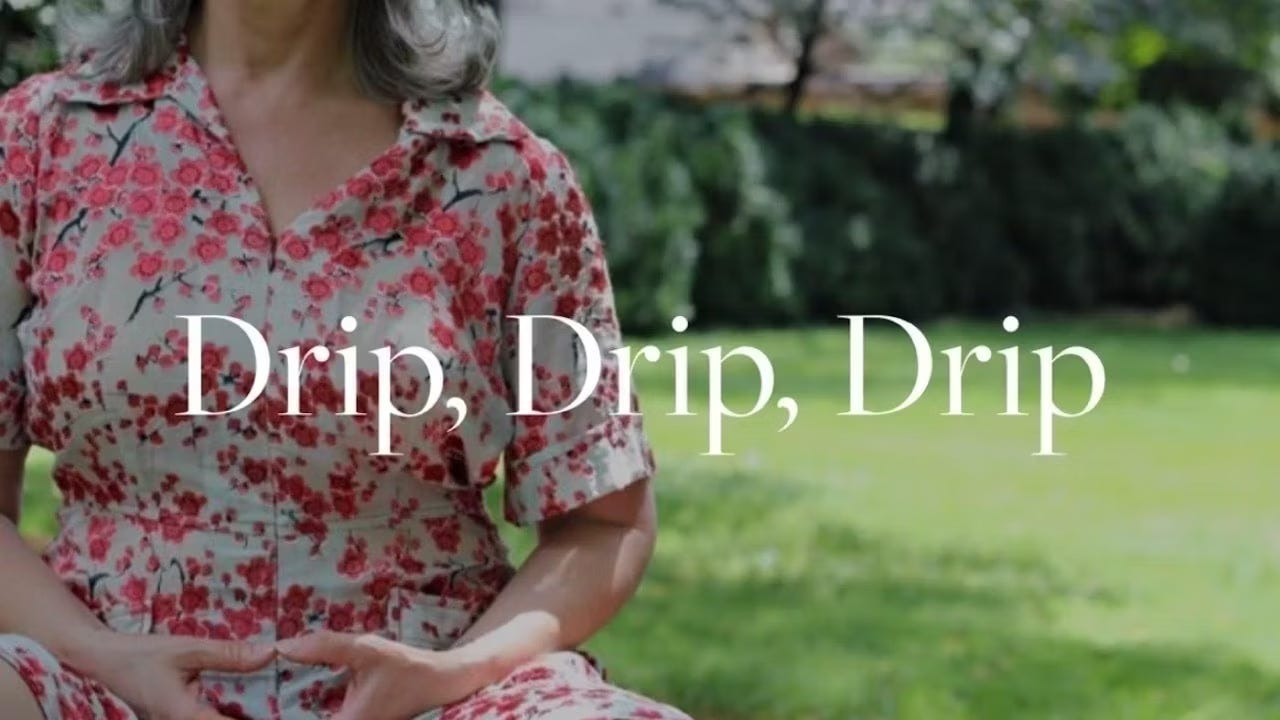
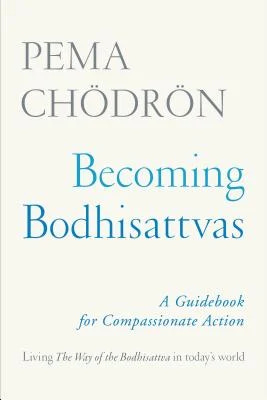
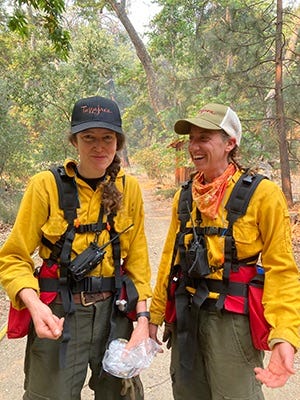
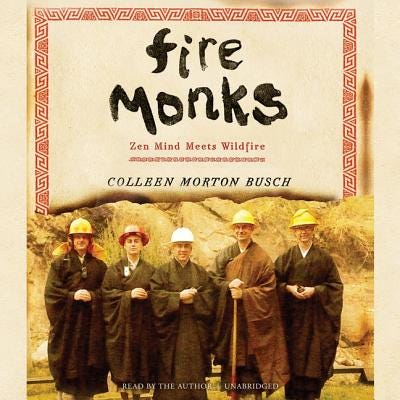
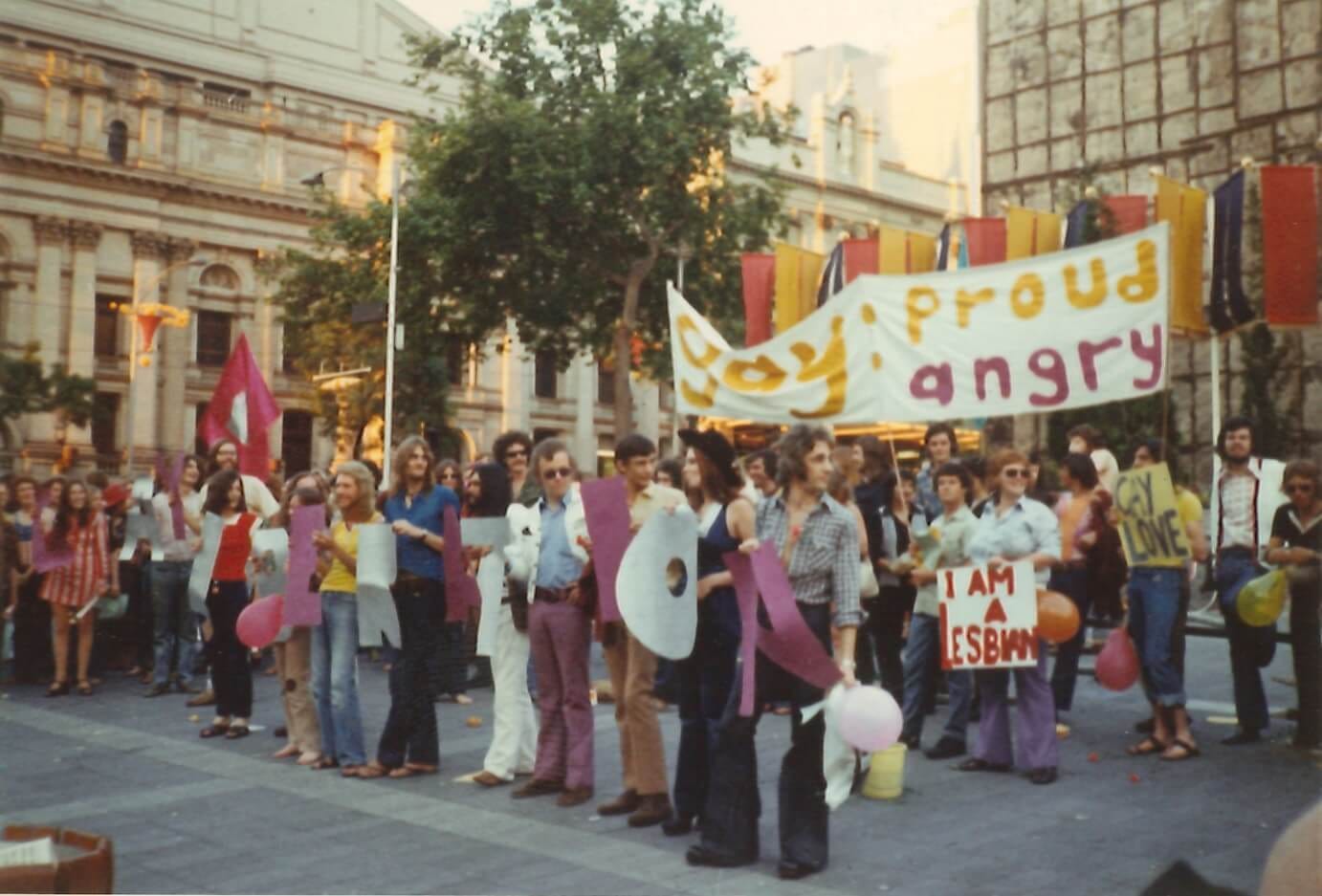

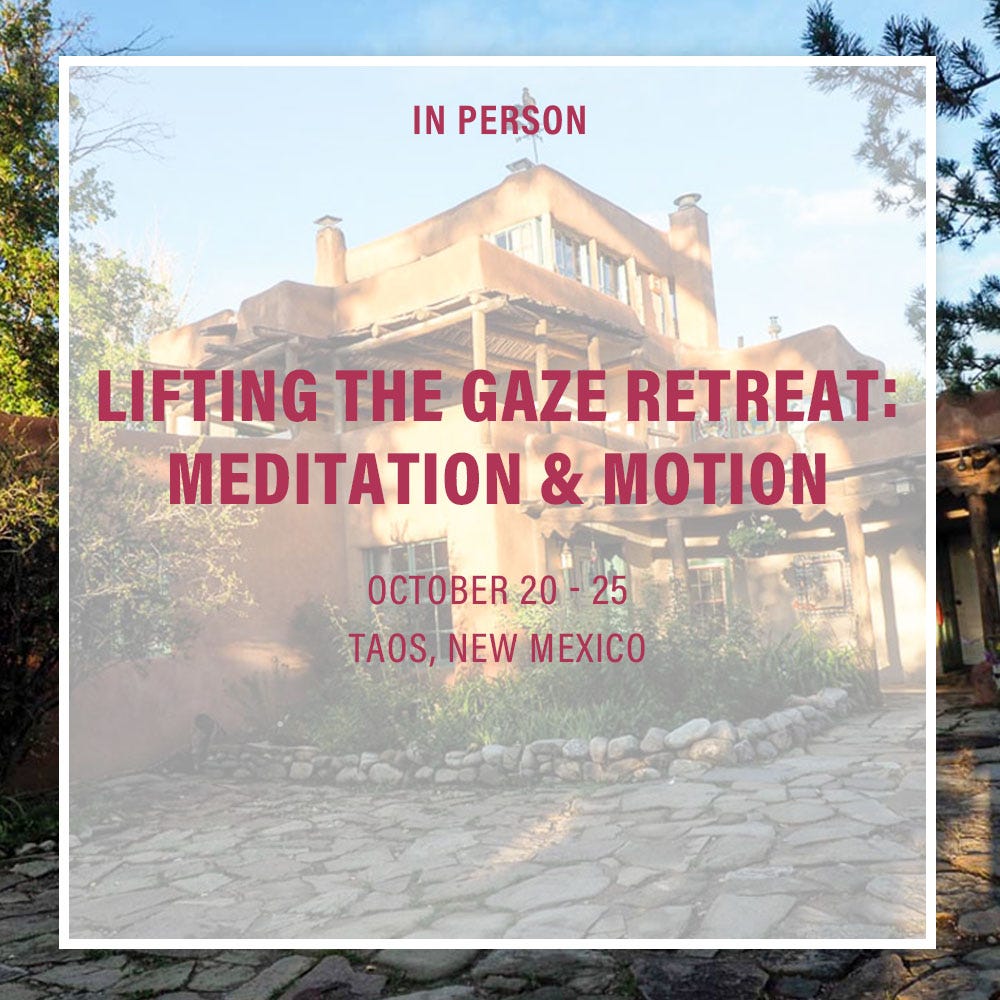




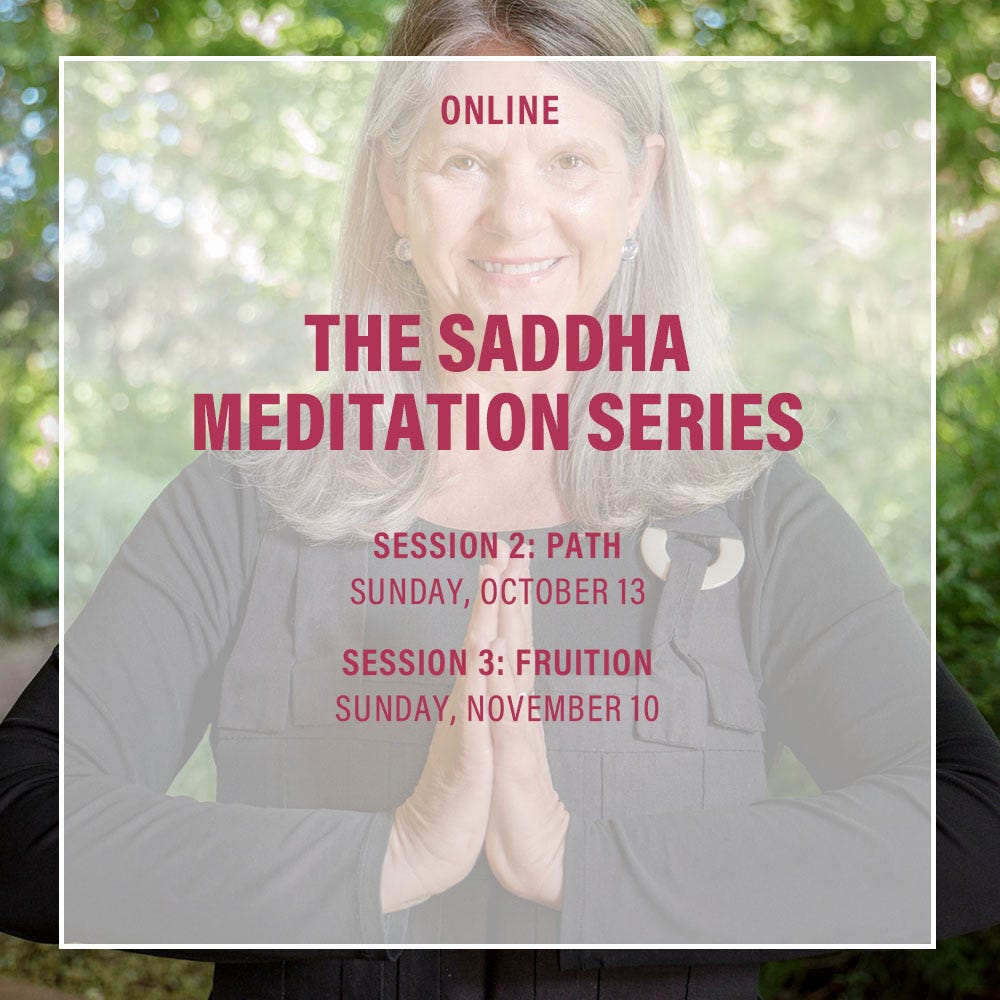
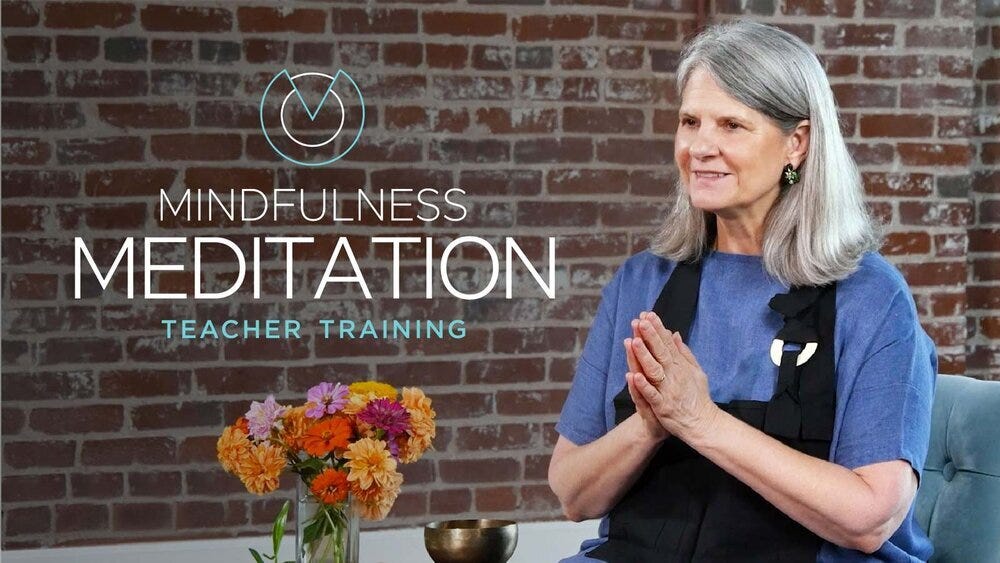
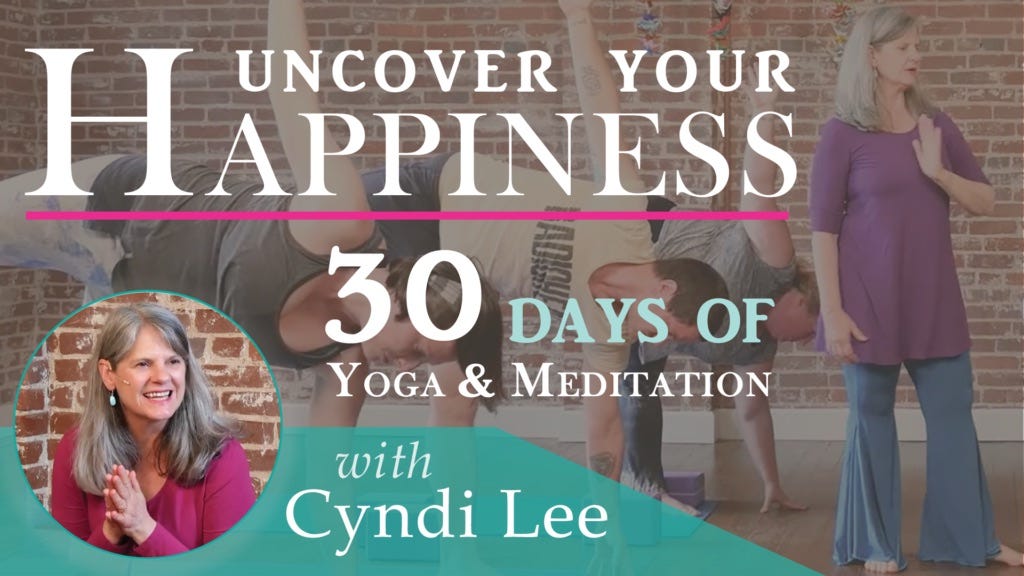
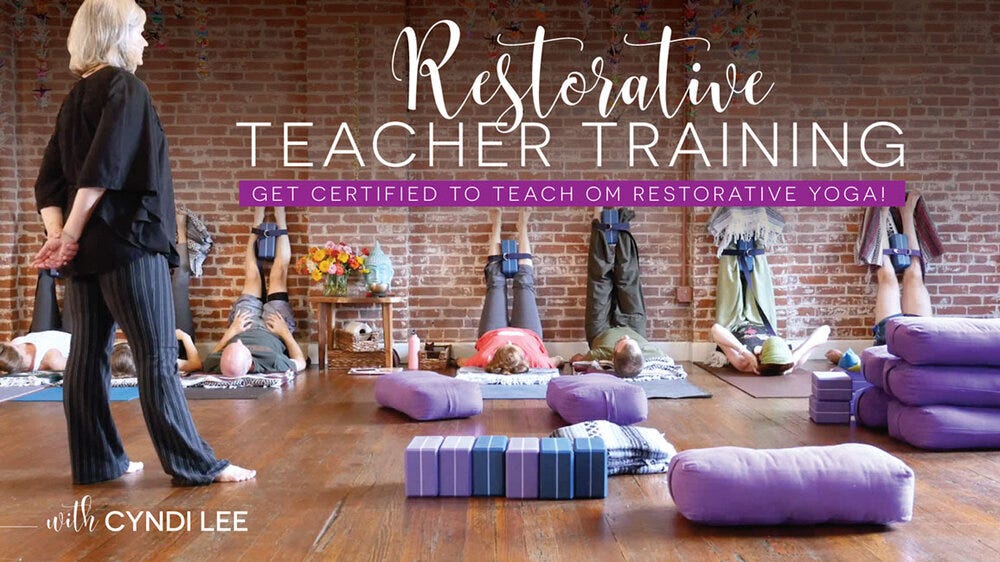
🌹🌻🌸💐💚💜❤️🌼😍🥰
Thank you for this incredible answer Cyndi! I’ve read it so many times already and I’m sure I’ll continue to do so throughout my life. I feel so so lucky to have been able to ask you this and to benefit from your years of study and practice and your warm, clear, rigorous method of communicating. Thank you!